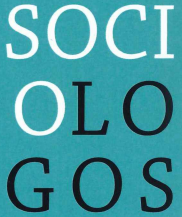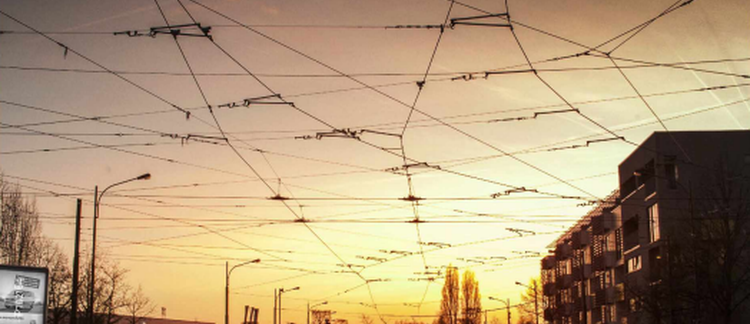Abstract
Tracking and other forms of ability grouping such as streaming or setting, are general features of many educational systems in Europe. Policy makers have introduced tracking to facilitate teaching and learning. In this study, we will examine the impact of the structure of the tracking system in Flanders (northern part of Belgium) on learning and teaching. Results are based on data from participant observations and semi-structured interviews with students and teachers from fifth grade of secondary education and one post-secondary vocational one-year specialisation year in three multi-ethnic schools in Flanders. Our findings suggest that due to the cascade-like structure of the Flemish educational system, there appears to be a higher heterogeneity in terms of previously followed educational trajectories in less appreciated tracks at the end of secondary education, compared to higher appreciated tracks. This higher heterogeneity appears to contrast with initial tracking objectives and complicate teaching and learning, influence classroom behaviour and study motivation.
How to Cite:
Van Praag, L. & Boone, S. & Stevens, P. & Van Houtte, M., (2015) “De paradox van het watervalsysteem: wanneer het groeperen van studenten in homogene groepen tot meer heterogeniteit leidt in het beroepsonderwijs”, Sociologos 36(2), 82–101. doi: https://doi.org/10.21825/sociologos.86877
Downloads:
Download PDF
View
PDF


